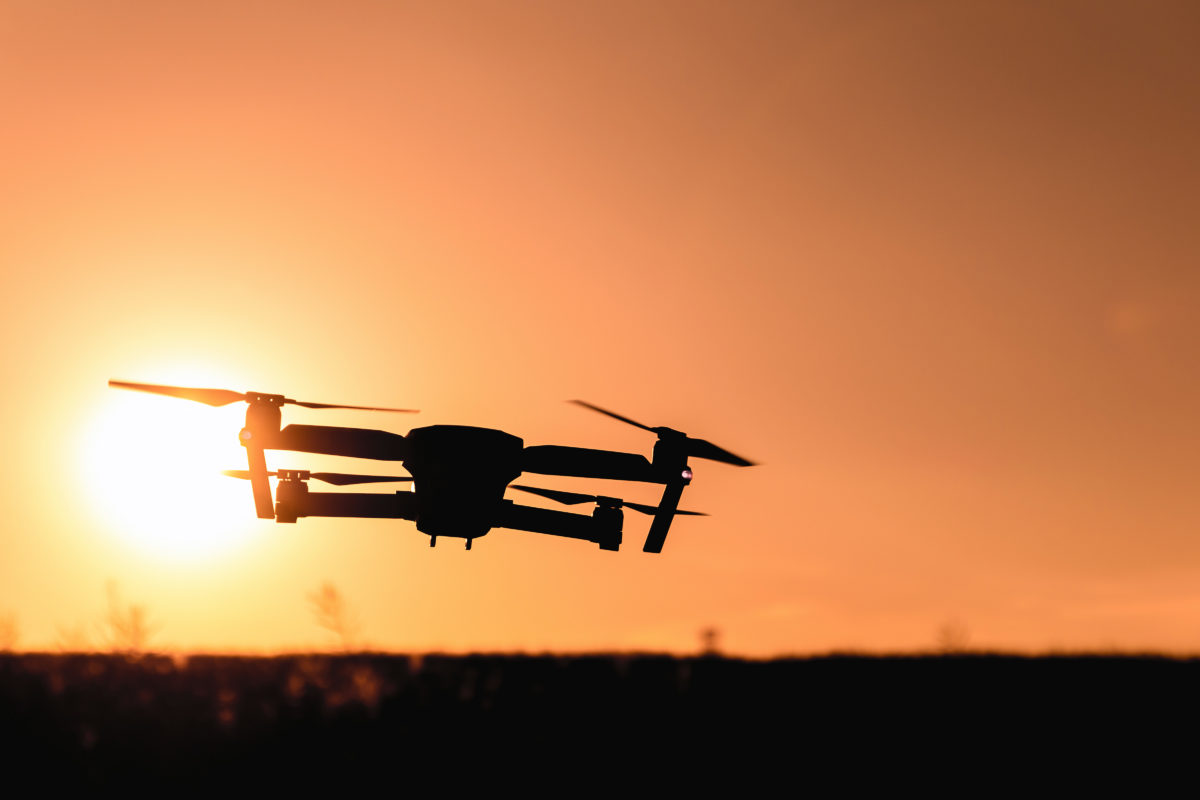The rationale behind DNV GL’s latest paper ‘Making Renewables Smarter: The benefits, risks, and future of artificial intelligence in solar and wind energy’ is the growing use of AI – which it forecasts to be a $3 trillion market by 2024 – across all industry, and its current and future potential to speed up processes in multiple areas of renewable energy deployment.
The report focuses on the downstream sector, and notes that wind and solar plants have already benefited from widespread deployment of sensor technology and data analysis. “We expect the installation of more sensors, the increase in easier to use machine learning tools, and the continuous expansion of data monitoring, processing and analytics capabilities to create new operating efficiencies,” states Lucy Craig, Director of Technology and Innovation at DNV GL.
The paper expects solar and wind to reap further benefits of AI in the areas of inspection and troubleshooting – where ‘autonomous drones with real time AI supported analysis’ and ‘crawling robots that can get close to a structure’s surface, enabling technologies such as microwave and ultrasonic transmission, which can be used to penetrate structures and reveal faults in materials’ will bring benefits.
Planning and due diligence is another area which DNV GL says can benefit from increased use of AI – “planning and analysis that today might require many human hours and thousands of documents can be reduced by an enormous factor in the future, and even enhanced.”
Popular content
DNV GL even goes so far as to talk about a future where construction of wind and solar plants is fully automated and carried out by ‘autonomous driving robots, which can in future build entire onshore wind or solar farms: parts of a wind turbine or a solar array are transported from the factory by self-driving lorries, unloaded by another set of robots, attached to the foundations that yet other robots have dug and filled, and pieced together by a final set of robots and drones.’
In spite of all this potential, DNV GL notes the risks of such approaches, and the danger of overreliance on AI in place of the deep knowledge required to manage such a system. “For most players in the renewables industry,” states DNV GL’s press release, “building artificial intelligence systems that are stable, progressive and reliable requires sets of knowledge and data from across many different projects.”
This content is protected by copyright and may not be reused. If you want to cooperate with us and would like to reuse some of our content, please contact: editors@pv-magazine.com.



Within 5 years the solar pv panel will be obsolete just like G5 Wi-Fi will be. As nano electronic technologies we will introduce to the market in early 2018.